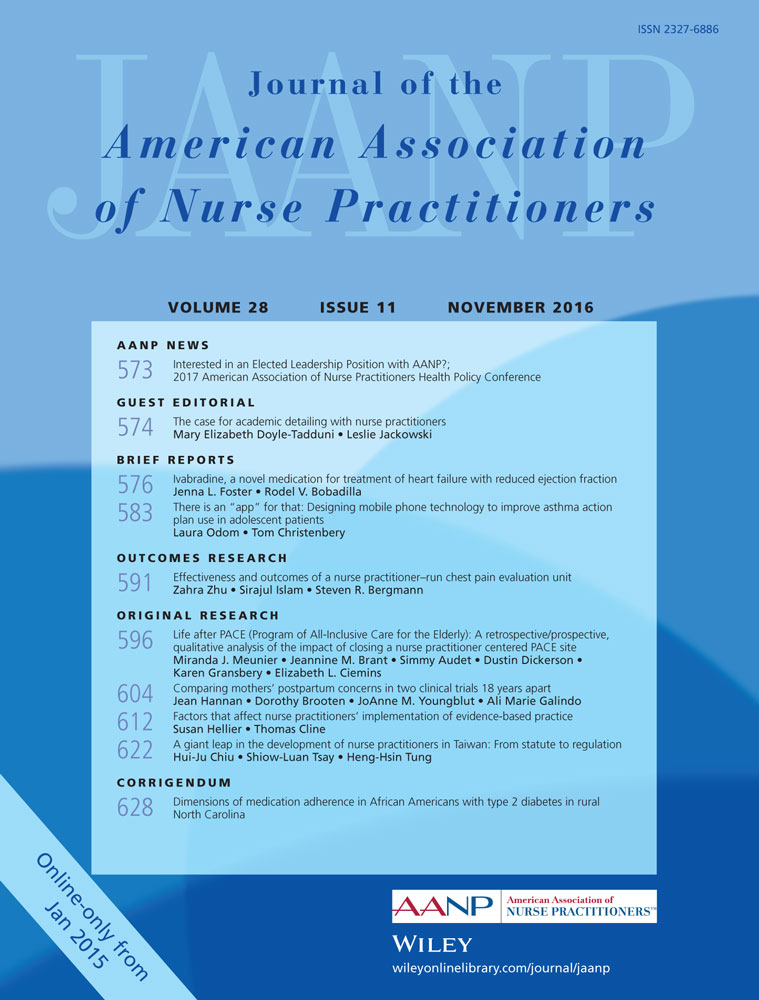Effectiveness and outcomes of a nurse practitioner–run chest pain evaluation unit
Disclosure: There are no financial conflicts of interest by any author.
Both Zahra Zhu and Sirajul Islam contributed equally to this work and serve as co-first authors.
Abstract
Background
Every year, more than 5 million patients seek medical care for chest pain.
Objective
The goal of this study was to evaluate test utilization and outcomes of a nurse practitioner (NP)-based chest pain unit and compare results to data previously reported from our institution.
Design, setting, and participants
The records from 814 consecutive patients with chest pain admitted to the NP-run unit were compared to the outcomes of 250 patients admitted to a separate hospitalist-run unit at a New York City hospital.
Results
Forty-four percent of patients in the NP unit underwent stress myocardial perfusion imaging (MPI) as the primary diagnostic test (compared to 22% in the hospitalist unit, p < .0001). The average length of stay was shorter for patients in the NP unit (2.7 ± 3.6 days compared to 3.9 ± 3.4 days, p < .0001). Additionally, the 90-day readmission rate was less for patients in the NP unit (2.7% vs. 3.9%, p < .0006).
Conclusions
An NP-run chest pain unit resulted in decreased length of stay and reduced readmission rates compared to a hospitalist-based unit.




